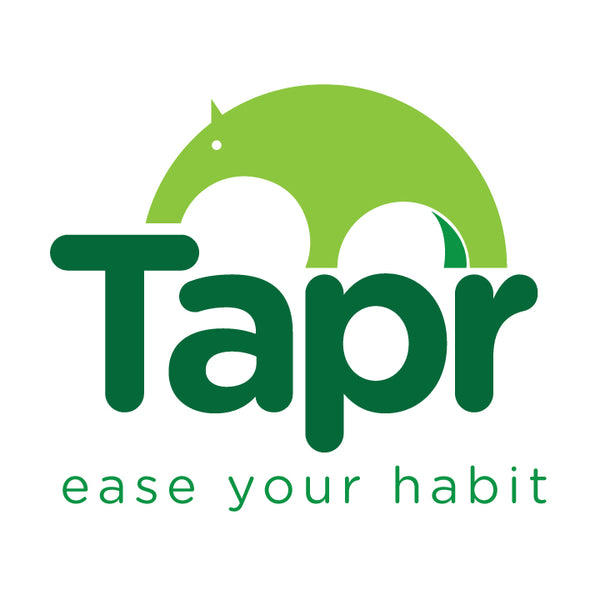Technological Innovations in Addiction Recovery: Apps and Tools That Can Help
Share

As technology continues to evolve, it brings new opportunities to support recovery from substance use disorders, including marijuana use disorder (MUD). Digital tools and apps designed to aid addiction recovery can provide resources, support, and accountability, making them valuable components of a comprehensive treatment plan. This post explores various technological innovations that can assist individuals on their journey to overcome marijuana dependency.
The Role of Technology in Addiction Recovery
Technology can offer personalized, accessible, and non-judgmental support for those in recovery. From tracking progress to providing instant support during moments of temptation, these tools are designed to assist users in maintaining their commitment to recovery.
Popular Apps and Tools for Marijuana Cessation
-
Sober Grid: A social networking app that connects those in recovery with peers and provides access to professional coaching. It offers a community support system that can be especially valuable for those recovering from marijuana use.
-
Quit Tracker: Designed to motivate users to stay clean by showing the time passed since quitting and money saved. While not specific to marijuana, it can be adapted for any substance, including cannabis.
-
Headspace: While primarily a meditation app, Headspace offers guided meditations that can help manage anxiety and stress, common triggers for marijuana use. Its sessions on mindfulness and stress relief can be particularly beneficial during recovery.
-
reSET®: This mobile app is the first FDA-approved digital therapeutic for substance use disorders. It provides cognitive-behavioral therapy interventions to users recovering from substance addiction, including marijuana.
-
MyStrength: A wellness app that offers personalized resources to improve mental health, which can be a significant aspect of recovery from marijuana dependence. It includes tools for managing stress, depression, and anxiety.
Integrating Apps into a Recovery Plan
While apps can provide significant support, they are most effective when used as part of a broader recovery strategy. Here are some tips on how to integrate these technologies into your recovery plan:
- Consult with Healthcare Providers: Discuss which apps or tools might be most beneficial for your specific situation with a counselor or therapist.
- Set Realistic Goals: Use apps to set achievable goals and track your progress. Celebrate milestones to stay motivated.
- Regular Use: Make a habit of using these apps regularly. Whether it’s daily check-ins, tracking triggers, or engaging with a community, consistency is key.
- Complementary Use: Combine the use of apps with other treatment modalities, such as therapy, support groups, and medication, if applicable.
Technological innovations provide promising additions to traditional addiction recovery methods. By leveraging these tools, individuals recovering from marijuana use disorder can enhance their ability to maintain sobriety, manage triggers, and receive ongoing support. As the digital landscape expands, so too do the resources available to those seeking a path to recovery.
